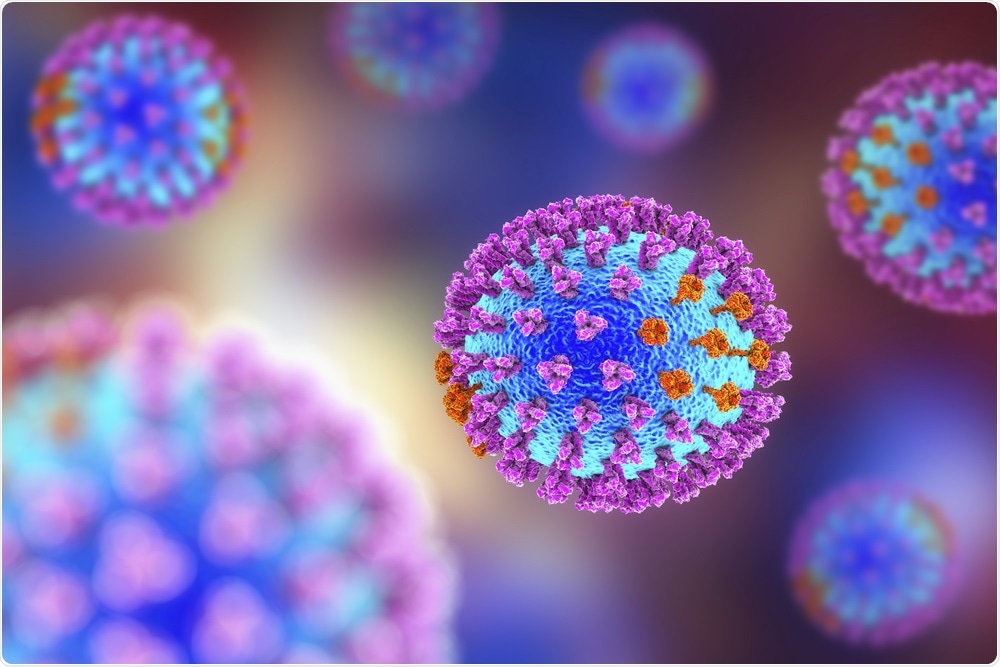Researchers from the Perelman School of Medicine at the University of Pennsylvania have made an important step towards developing a universal vaccine that could protect people against various strains of influenza.
 Image Credit: Kateryna Kon / Shutterstock
Image Credit: Kateryna Kon / Shutterstock
Professor Drew Weissman and colleagues have developed a modified-RNA vaccine that induces a highly protective antibody response to a glycoprotein present on the flu virus surface called hemagglutinin (HA).
On testing the vaccine in a mouse model, the team found this approach protected the animals from infection with different strains of flu.
Modern flu vaccines typically use viral proteins grown in the lab to trigger an immune response that protects against exposure to flu.
However, this immune response generally targets the outermost “head” of HA, a region that has the ability to rapidly mutate.
Another problem is that flu strains prevalent during one season are often taken over by other strains during the following season that have different HA heads.
The vaccines, therefore, need to be updated every year, since they only provide partial and temporary protection.
As reported in the journal Nature Communications, the new vaccine uses mRNA molecules that code for HA proteins to induce an immune response that includes antibodies against the lower stalk of HA – a region of the protein that does not vary between flu subtypes.
When these RNAs are injected, they are taken up by dendritic cells, which use their protein-making machinery to generate copies of HA.
This approach is significantly more effective at mimicking a real flu infection and triggers a much stronger immune response.
This vaccine was able to do something that most other candidate vaccines have not been able to do. It was able to elicit protective responses against a conserved region that offers broad protection.”
Professor Drew Weissman
When two injections of the vaccine were administered to mice four weeks apart, the animals demonstrated a strong “anti-stalk” response to HA that persisted for the thirty-week experimental period.
At the end of this 30 weeks, the response was even stronger than it had been four weeks following vaccination.
Weissman and team then went on to demonstrate that this response protected the animals against infection with three different flu strains.
The new vaccine could potentially be developed into a universal vaccine that could be given just a few times over a person’s lifespan to offer broad protection against flu viruses.
Co-senior author Scott Hensley says the next step is to test the vaccine in non-human primates and humans.
If it works in humans even half as well as it does in mice, then the sky's the limit--it could be something that everyone uses in the future to protect themselves from the flu."
Scott Hensley, Co-Senior Author
Source:
https://www.eurekalert.org/pub_releases/2018-08/uops-cfu082118.php